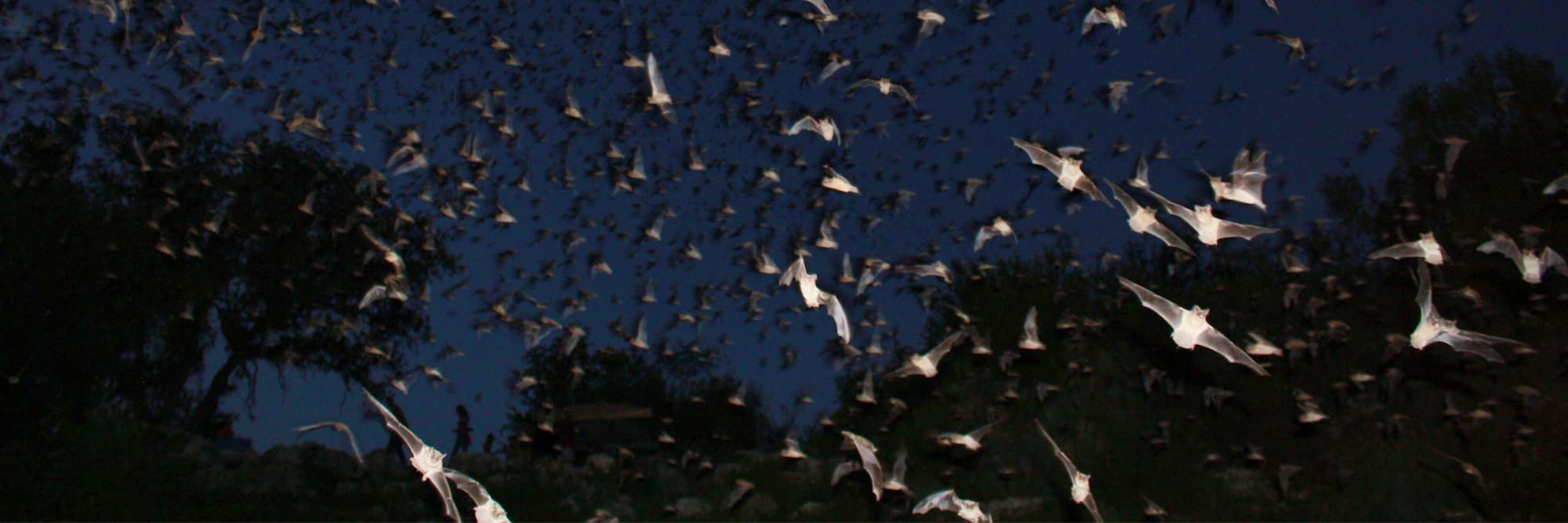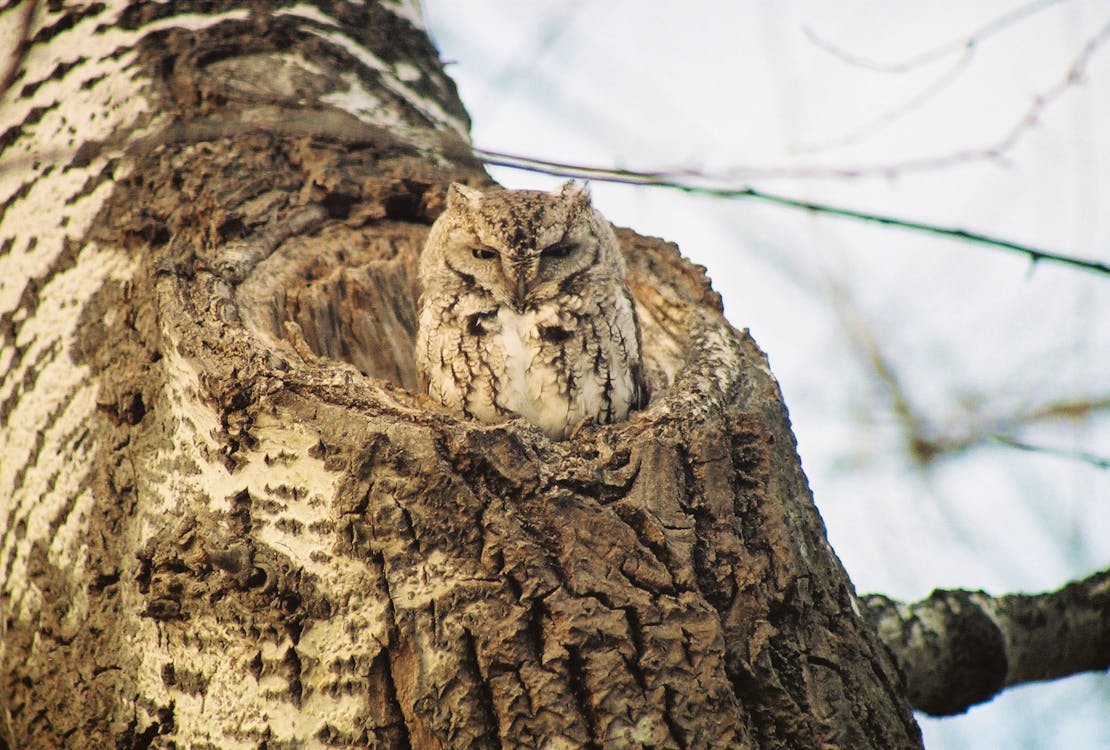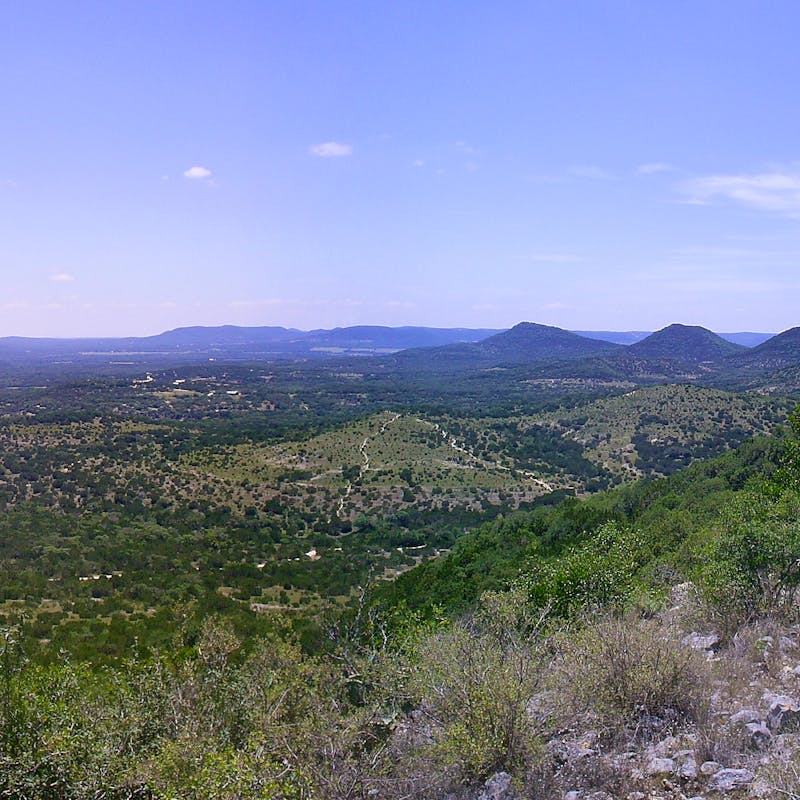This blog was written by Defenders of Wildlife Southwest Intern, Almalena Hinojosa.
I grew up looking up at the stars with my mom, stretched out on a blanket under the wide-open Texas skies. We’d watch meteor showers and trace constellations while listening to the soft song of crickets, owls and toads. Those nights were full of wonder and life. But the dark skies of my childhood are slowly fading.
Today, even in the Texas Hill Country, the stars’ light fights its way through a soft, unnatural glow. The night feels thinner and emptier. And we’re not the only ones noticing, wildlife who depend on darkness are struggling to keep their rhythms.
The night is more than a backdrop. It’s a habitat, a rhythm, a guide. For countless creatures, darkness isn’t just a time of day, but how they navigate life. Their survival depends on shadows, silence and the natural cues of dusk and dawn. As artificial light spills farther into rural skies, however, this begins to unravel.
These animals evolved under the stars. They now face a world where the day never fully ends, and they’re struggling to adapt. Fireflies can’t find love. Owls miss prey. Bats hesitate. Light pollution, or artificial light, is changing the lives of our nocturnal neighbors.
Fireflies: Love Letters Lost
On warm summer nights, fireflies by the thousands once flickered across the grasslands of the Texas Hill Country and beyond. They exchanged silent flashes in a courtship dance. Now that dance is blinking out of existence.
These bioluminescent beetles rely on darkness to find one another. Males send specific light patterns to attract females and females glow similarly in response. When artificial lights flood the night, those patterns are drowned in the background glow and the flashes go unanswered. Less mating has caused dwindling populations, and the nostalgic magic of their light show is vanishing with them.
Bats: Navigating a Riskier Night
The Hill Country skies are home to millions of Mexican free-tailed bats, whose nightly emergence once filled the sunset in waves. This rhythm is shifting as artificial light illuminates cave openings and foraging spots. Some bats delay their exit to avoid the light, losing precious feeding time. Others are drawn to insects around bright lights, making them more vulnerable to predators or forcing them into less suitable habitats.
These changes can reduce the energy bats need for raising pups, migrating and surviving. The light from a single bulb may not seem like much, but near a roost, it could disturb a bat’s entire night.
Owls and Nightjars: Hunting in the Shadows
Eastern screech-owl and common nighthawks are expert nocturnal hunters in the Texas Hill Country. These birds rely on silence and shadow to ambush prey, including small mammals, frogs and insects venturing into the open. Without the illusion of darkness hiding them, prey will often cling to cover or alter their movements entirely.
Nocturnal hunters, in turn, find less to eat and must fly farther or hunt for longer. Studies have shown some owls even avoid hunting near bright areas altogether.
Migratory Birds: Stars Replaced by Streetlights
Texas is a critical hotspot for migratory birds in the fall and spring. Many of these birds travel by night using celestial cues. But their star map is becoming harder to read. Artificial light draws birds off course, especially skyglow from cities, oil fields and growing suburbs.
Disoriented, the birds circle around or become trapped in beams of light, exhausting themselves and colliding with buildings. Even rural light pollution can disrupt navigation and lower their chances of survival. One study estimates one billion birds die each year in the U.S. because of building strikes.
Frogs and Toads: Quieted Choruses
Frogs and toads once filled the night with their songs throughout Texas’s wetlands and creeks. Now, males who would normally call to attract mates go quiet under artificial light. Some species, like the Rio Grande leopard frog, are especially sensitive to lighting around water sources, where most reproduction takes place. Without a chorus, fewer females are drawn in and fewer tadpoles hatch. In this way, even a single poorly placed light near a spring or pond can dim generations to come.
What We’re Losing Too
Just like wildlife, our circadian rhythms are also disrupted by light. Like many animals, we evolved to follow these cues from light and dark cycles. Somewhere along the way, we stopped trusting the dark and started fearing the night. It became something to banish. We illuminate the night to feel safe, but studies show brighter doesn’t always mean safer.
Not all cultures have forgotten the night, though. For many indigenous communities, the night sky has long held ceremonial, navigational and spiritual meaning. The stars are not just for gazing; they’re guides, woven into stories, calendars and traditions.
As we lose the night, we’re not just losing wildlife. We’re losing ancestral connections, ecological rhythms and part of what it means to be human: to live in balance with the world.
Bring the Night Back
The night shapes migrations, courtships and dreams, and we must act now to protect what remains and bring back what’s been lost. While the effects of light pollution stretch far and wide, the solutions are often surprisingly simple and already underway.
Campaigns like “Lights Out, Texas!” call on cities, building owners and residents to dim nonessential lighting during peak migration seasons. There are also many things you can do from the comfort of your own neighborhood. Install dark-sky-friendly lighting, like shielded, low-wattage or warm-tone LEDs. Talking to your neighbors about keeping nearby spring outlets and caves dark. And share what you’ve read since many people aren’t aware of the impacts of excessive lighting.
We may not be able to turn off all the lights, but we can dim enough to help protect the dark for the owls, bats, frogs, fireflies and future generations of children who will lie back on a blanket and listen for the sky to speak.












